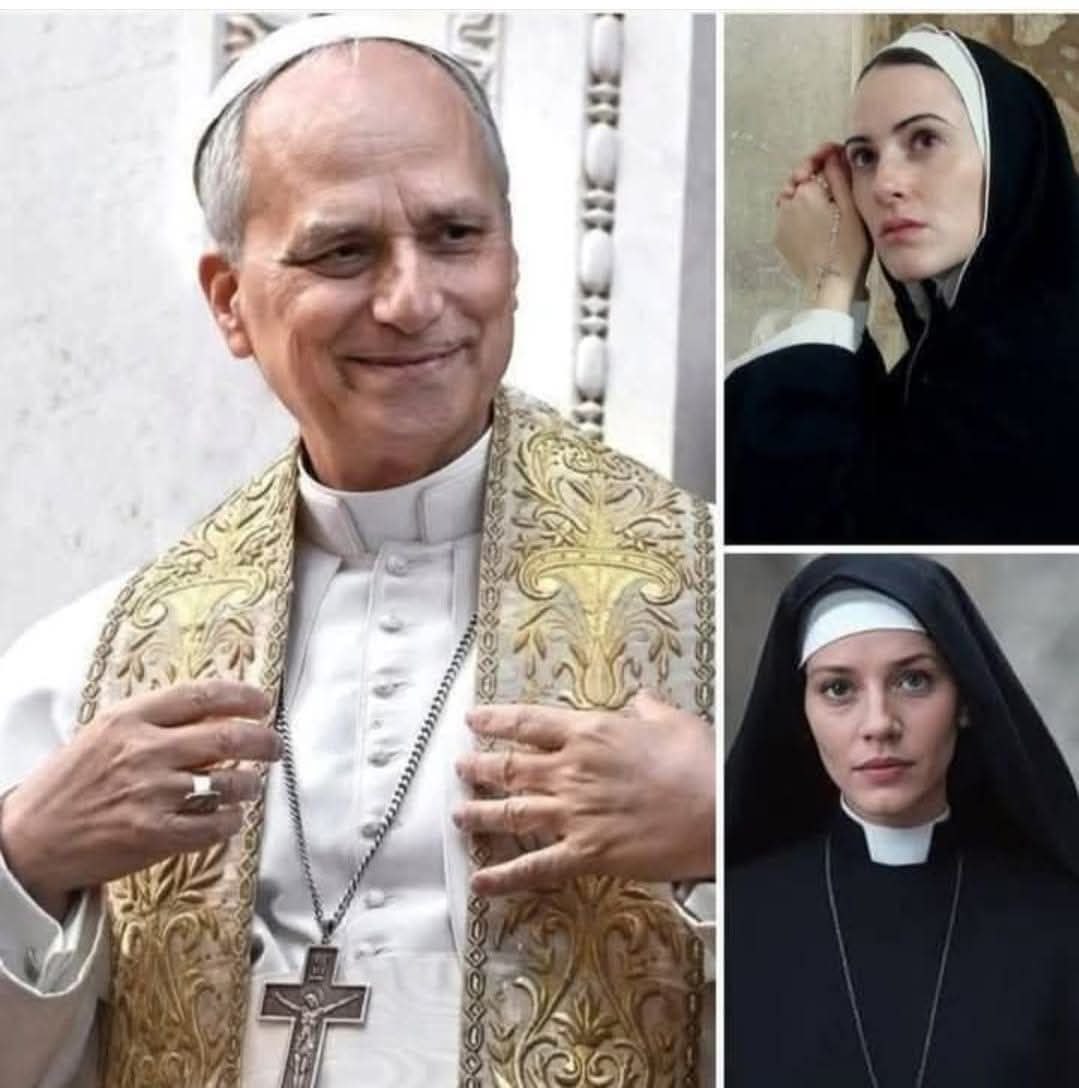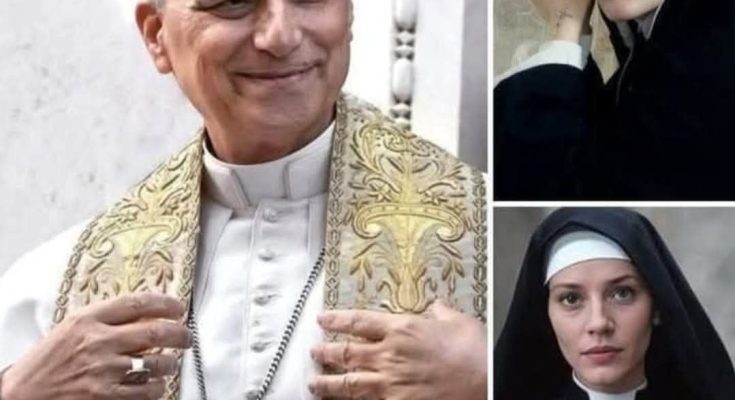The Vatican shakes: It came to light the se…See more

In a time where tradition clashes with modern demands for transparency and reform, a single image has ignited global conversation. It’s not just about who is in the frame—it’s about what the image represents. A cardinal in full scarlet robes stands tall, dignified, a symbol of centuries of religious authority. Beside him, a woman—confident, contemporary, and nameless—stands as both a contrast and a question. Who is she? And why does her presence feel like a challenge to everything around her?
Lower in the image, another cardinal bows his head in humility, evoking not just piety but possible remorse. Between them all, the word “FORGIVENESS” appears, not whispered but boldly asserted. This isn’t just about faith—it’s about accountability. This is not a portrait of hierarchy, but of reckoning.
The Catholic Church, one of the world’s most enduring institutions, has faced countless trials—spiritual, political, and moral. And while it has often stood resilient, recent decades have tested its foundation like never before. Scandals have shaken public trust, and its once-unquestioned moral authority has been scrutinized under a harsher light. In this image, the bowed head of the cardinal may not only reflect personal humility but institutional regret—an acknowledgment, silent but powerful, of past failings.
The woman’s presence is equally compelling. She’s not a priest. She’s not a nun. She wears no symbol of religious rank, and yet she stands with equal footing. Her silence speaks volumes: a demand for inclusion, for justice, for truth. She may represent victims. She may represent progress. She may simply represent the millions who are watching, waiting, and hoping that the Church will finally meet the moment.
The symbolism runs deep. Forgiveness is a sacred concept in Christianity, but in today’s world, it must mean more than just spiritual absolution. It requires action—acknowledgment, transparency, and change. True forgiveness doesn’t erase the past. It transforms it. It opens the door to healing, both personal and institutional.
This image forces a conversation. It asks what faith means in a world hungry for authenticity. It questions the role of tradition in a society that values inclusion. It dares religious leaders to see themselves not above, but among the people—to listen, to learn, and, if needed, to apologize.
As generations shift, and as global culture evolves, religious institutions are faced with a choice: adapt or fade into irrelevance. The tension between the woman and the cardinals is not antagonistic—it’s necessary. Her presence is not a rejection of faith, but a call for it to rise to its highest ideals: love, humility, truth, and justice.
In the end, this image isn’t about scandal or confrontation—it’s about hope. Hope that an ancient institution can find new life through honesty. Hope that forgiveness can be more than words. And hope that faith, in all its forms, can still guide us forward—not by ignoring the past, but by learning from it.
The Vatican may be shaking—but perhaps, at long last, it’s beginning to awaken.



